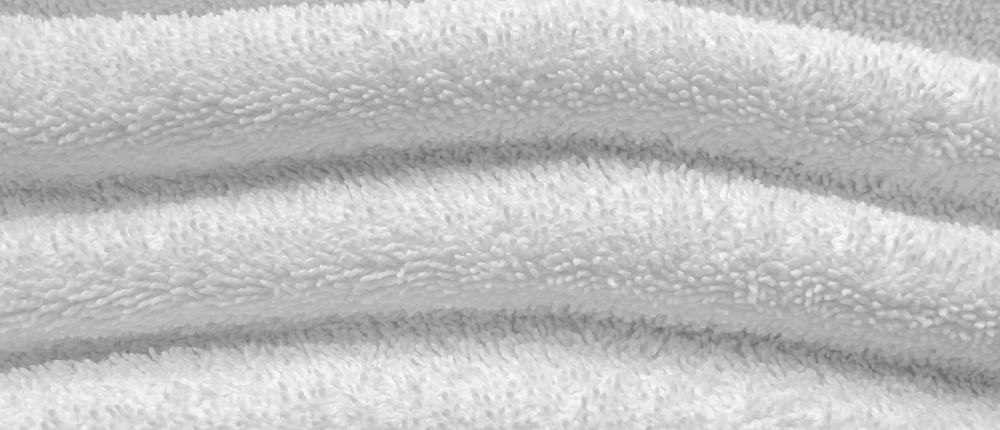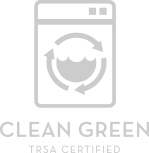Using HandCraft’s Clean to Soil Ratio to Reduce Hospital Linen Loss (Part 2)
Part 1 of this blog explained how to calculate the Clean/Soil ratio and how HandCraft is in line with industry standards. The blog gave examples of how linen loss can occur when soiled linen does not weigh the expected amount and how to overcome these challenges. This month’s blog will dive deeper into the “clean” part of the Clean/Soil ratio.
Let’s start with the knowledge that hospitals rent linen from HandCraft. You pay for the weight of the clean linen delivered to your facility. It is important to ensure each item ordered is necessary and reflects the actual quantity used between delivery periods. You should not order with the intent to have extra linen on hand.
Take the case of renting party supplies. If you need 6 tables and 48 chairs to seat 48 guests but you rent 10 tables and 80 chairs just to have extra on hand, you pay for all 10 tables and 80 chairs, even if you don’t use them all. Additionally, if you keep 2 tables and 16 chairs for a game night the following weekend, the rental company will bill you an additional fee, even though they know where their supplies are, because they cannot rent these supplies to anyone else. The rental company is forced to choose between disappointing their next customer or buying more inventory.
What is Linen Loss?
This is the same for hospital linen rentals. Even if you know that your extra linen is in-house, this is still linen loss as HandCraft won’t disappoint their next customer, we must buy more inventory. So, what is linen loss? It may be helpful to define it as many think it is just lost linen.
Linen loss is the amount of linen that is lost, not used and not returned to the linen plant.
When you order more than you need and when you do not return the linen, there will be a charge for “linen loss.” Therefore, the more linen ordered that sits in a clean linen room and not in rotation, the less weight you will be sending back in soil compared to the amount ordered and the higher the Clean/Soil ratio.
Here are two scenarios using the clean/soil ratio calculation:
- 94,000 clean pounds delivered / 100,000 soil pounds returned = 0.94 = 94%
- 100,000 clean pounds delivered / 100,000 soil pounds returned = 1.00 = 100%
[There is more linen ordered in this scenario without an increase in soil pounds returned. The increase in the Clean/Soil ratio could be due to extra linen ordered as well as lost linen. If the Clean/Soil ratio indicates linen loss, there is a charge.]
How Much Linen Should You Order?
First, hospitals need to set the periodic automatic replenishment (PAR) levels. The right PAR level will meet the demand without sitting on excess stock. Ordering should be done to restock up to your PAR level to replenish what was used. Keep in mind, having extra linen on hand increases the risk of theft, misuse and overuse.
If your hospital uses exchange carts, staff use linen as needed for patients and then HandCraft or EVS employees switch the whole cart on delivery day. Back at the plant, we count the linen remaining on the cart and add linen to the determined PAR level. Similarly, with a bulk linen room, staff take the linen from there and distribute to hand-delivered carts throughout the hospital. The amount of linen that is taken out of the linen room should be ordered to bring you back up to PAR level.
A good practice to optimize your linen management and avoid over-ordering is to have enough linen on hand for no longer than the gap between three deliveries. So, if a delivery schedule is Monday, Wednesday, Friday, any product ordered on Monday should not still be in the hospital by the following Monday–three deliveries later. Another way to think about this example is you are renting linen for a week. If you keep the linen longer, you may be charged for linen loss at the end of the month as it was not returned in a timely manner.
What Are Other Strategies to Help?
Managing your linen orders will ensure the hospital has the inventory the patients need while helping to keep your expenses within budget. A key strategy to minimize linen loss due to over ordering is to adjust every bulk order. Do not rely on standing orders or your experience. Remember that each item ordered should reflect the actual quantity used. Cross-train multiple staff on how to order so there is a contingency plan for vacations or unexpected absences.
Track the linen usage within your facility. HandCraft offers a software system, LinenHelper, to help automate this process. We can work with you to set up initial PARs, analyze linen trends, and forecast PAR adjustments such as decreasing the number of 10X gowns and other items not used frequently. Additionally, we can help you find those hidden areas where linen is stored that may artificially increase your inventory such as blanket warmers.
Contact HandCraft for More Information
If you are looking for the right partner to help prevent linen loss and decrease your linen loss costs, you found us. We have the experience, the industry-backed expertise, the technology and the professionals to help you achieve your goals. Remember to look at our Linen Awareness Program – healthcare linen management strategies that save costs and improve service.
Call us today at (888) 358-8671 or reach us here for more information on our services.
About the Author
Dyan Troxel, MSN, RN
Dyan is a registered nurse with experience in several clinical and non-clinical settings including Surgical ICU, Neonatal ICU, Education, Process Improvement, and Healthcare Leadership.





